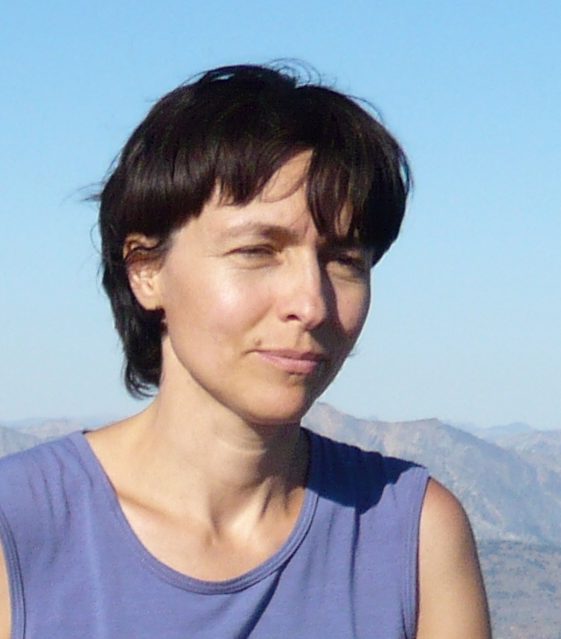|
GOOGLE Scholar
dblp

GEOMETRIC DATA ANALYSIS group
ELECTORAL GEOMETRY and GERRYMANDERING group
NEWS
1/19/24 Our paper "The consistency of Dictionary Based Manifold Learning", with Samson Koelle, Hanyu Zhang, and Vlad Murad accepted at AISTATS 2024.
1/15/24 The review
paper "Manifold
Learning: what, How and Why", with Hanyu Zhang to appear
in Annual Reviews of Statistics and Its Application, Volume
11, 2024.
7/22/23 Anne Wagner defends her PhD thesis "Exponential family models for rich preference ranking data".
Congrats, Anne!
1/7/23 I am thrilled to be part of IPAM's Science Advisory Board
2/27/23 Hanyu Zhang defends his PhD thesis "Interpretation and validation for unsupervised learning". Congrats, Hanyu!
2/01/23 The Long Program Data-Driven Materials Informatics. Statistical methods and mathematical analysis hosted by Institute for Mathematical and Statistical Innovation (IMSI) in Chicago is accepting applications. Statisticians/ML experts welcome!
6/7/22 Our paper "Manifold Coordinates with Physical Meaning", with Samson Koelle, Hanyu Zhang, and Yu-Chia Chen, appeared in the Journal of Machine Learning Research.
5/29/22 The AMS MRC 2022 Summer Conference on Data science at the crossroads of Analysis, Geometry and Topology, organized with Facundo Memoli, Jose Perea, Nicolas Garcia-Trillos, Soledad Villar is about to start! in person, at the Beaver Hollow Conference Center, Buffalo, NY. Congrats to the 40 participants!
5/19-20/22 Marina Meila (virtual) course "Manifold Learning for Real Data" and Invited talk "Manifold Learning 2.0: Explanations and Eigenflows" during the Fields Institute Focus Program on Data Science, Approximation Theory, and Harmonic Analysis
|
|
|
OVERVIEW
I work on machine learning by probabilistic methods and reasoning in
uncertainty. In this area, it is particularly important to develop
computationally aware methods and theories. In this sense, my research
is at the frontier between the sciences of computing and statistics. I
am particularly interested in combinatorics, algorithms and
optimization, on the computing side, and in solving data
analysis problems with many variables and combinatorial structure. A short overview of recent research from a prospective student's point of view is here.
| |
|
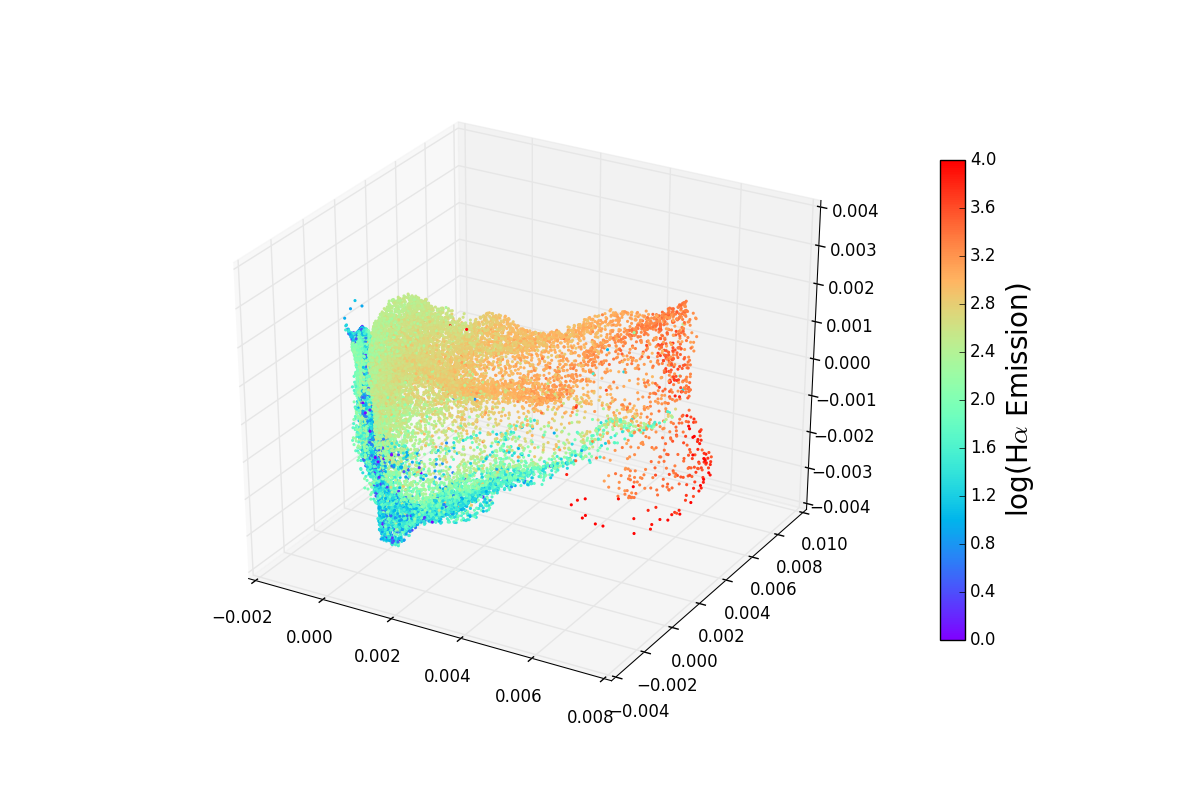 |
MANIFOLD LEARNING AND GEOMETRIC DATA ANALYSIS
Manifold learning algorithms find a non-linear representation of
high-dimensional data (like images) with a small number of
parameters. However, all such existing methods deform the data (except
in special simple cases). We construct low-dimensional representations
that are geometrically accurate under much more general conditions. As
a consequence of the kind of geometric faithfulness we aim for, one
should be able to do regressions, predictions, and other statistical
analyses directly on the low-dimensional representation of the
data. These analyses would not be correct in general, if one were not
preserving the original data geometry accurately.
|
|
FOUNDATIONS OF CLUSTERING
It was widely believed that little can be theoretically said about clustering and clustering algorithms, as most clustering problems are NP-hard. This part of my work aims to overcome these difficulties, and takes steps towards developing a rigurous and practically relevant theoretical understanding of the clustering algorithms in everyday use.
A fundamental concept is that of clusterability of the
data. Given that the dat contains clusters, one can show that: we can
devise initialization methods that lead w.h.p. to an almost correct
clustering, we can prove that a given clustering is almost optimal,
and that if the nubmer of clusters in the data is smaller than our
guess, we will obtain unstable results.
|
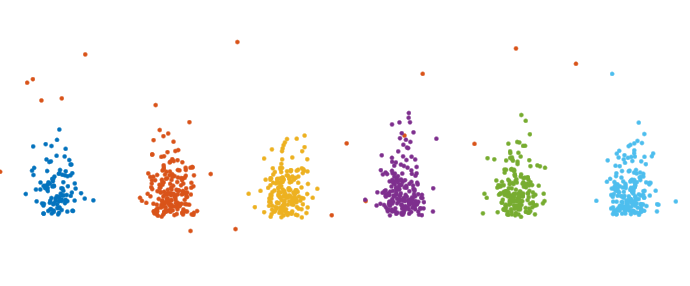
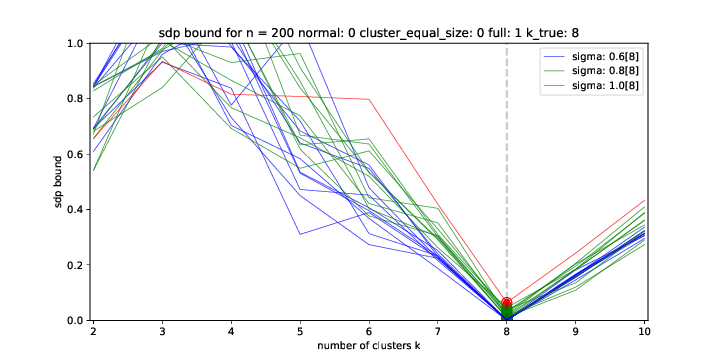 |
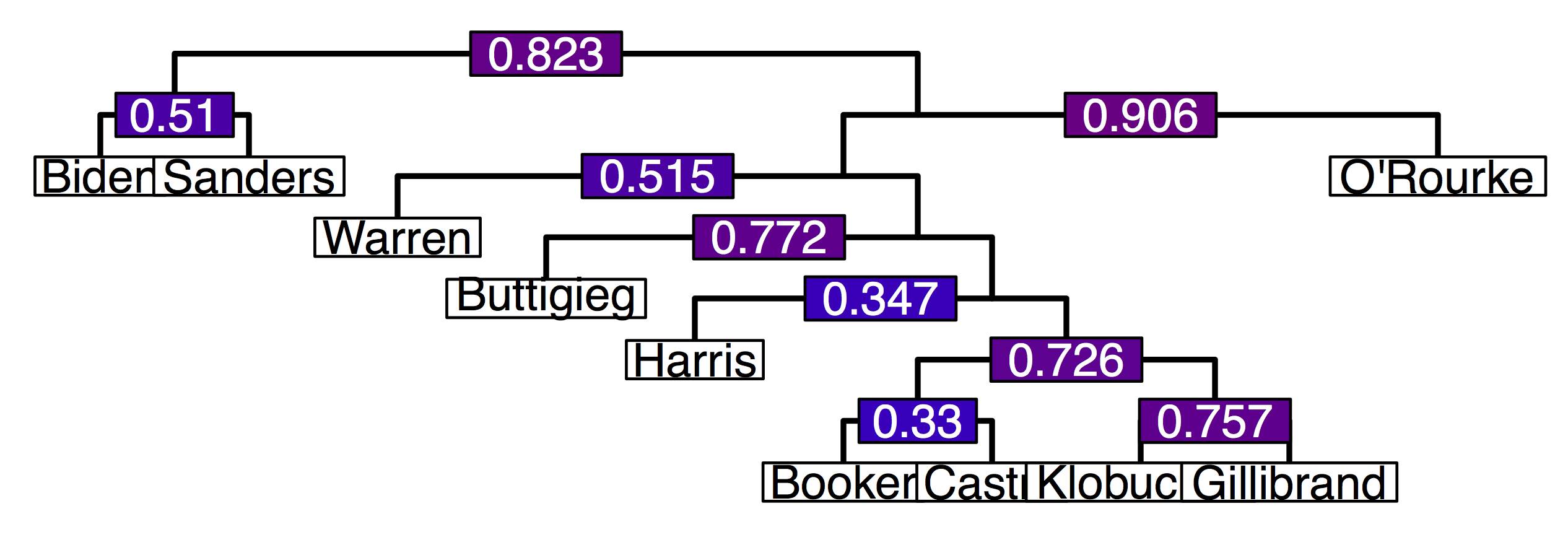 |
PERMUTATIONS, PARTIAL RANKINGS, INTRANSITIVITY AND CHOICE
It has been often noted that people's choices are not transitive: in
other words, their preferences between K objects are not consistent
with an ordering. Economic theory of choice has introduced various
theories explaining how the observed intransitivity may
arise. However, there is no work to date on how one may infer these
models from data. Among the things I want to do: to formulate
estimation problems for the hidden context and other models of
intransitivity that are relevant to practical domains; to define when
the model is identifiable (it may not be when the number of components
K is large) and to design rigorously founded algorithms to estimate
it. More
|
|
CLUSTERING BY EIGENVALUES AND EIGENVECTORS
...is a technique rooted in graph theory for finding groups (or other
structure) in data. It already has applications in image segmentation,
web and document clustering, social networks, bioinformatics and
linguistics. My recent work concentrates on the study of asymmetric links, or, in other words, of directed graphs. More
|
|
GRAVIMETRIC INVERSION WITH SPARSITY CONSTRAINTS
This works deals with recovering the shape of an unknown body from
gravity measurements. As a mathematical physics problem, this one is
old, well-studied, and one of the hardest type of inverse problems. My
team is interested in finding algorithmic solutions, under realistic
scenarios, that recover given features of the unknown underground
density in noise. We showed that this problem can be mapped to a
linear program with sparsity constraints, for which we formulated
various continuous and integer approaches. The methodological and
theoretical work on this problem continues, as we exploit the
connections with Compressed Sensing, QBPs and submodularity. The
practical results led to intriguing new research questions, since the
restricted isometry assumptions that usually underlie compressed
sensing algorithms can be proved not to hold for the gravimetry
problem. (Collaboration with Caren Marzban and Ulvi Yurtsever.)
|
|
PROTEOMICS
Interpreting the very complex signature of an
amino-acid sequence that is subjected to collision induced dissociation
(CID). Probabilistic identification of the protein composition of a
complex mixture from high throughput mass spectrometry data.
|
|
